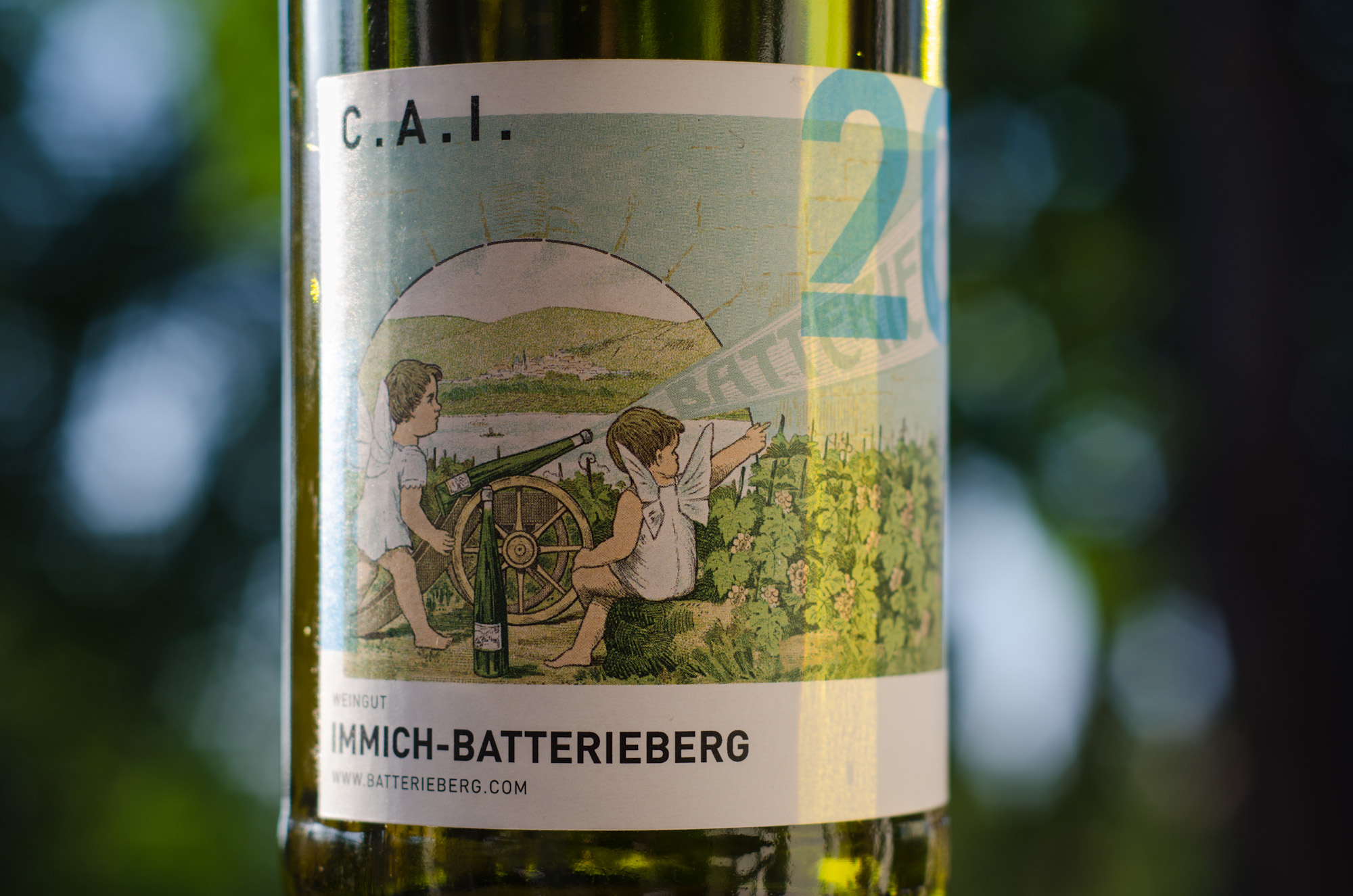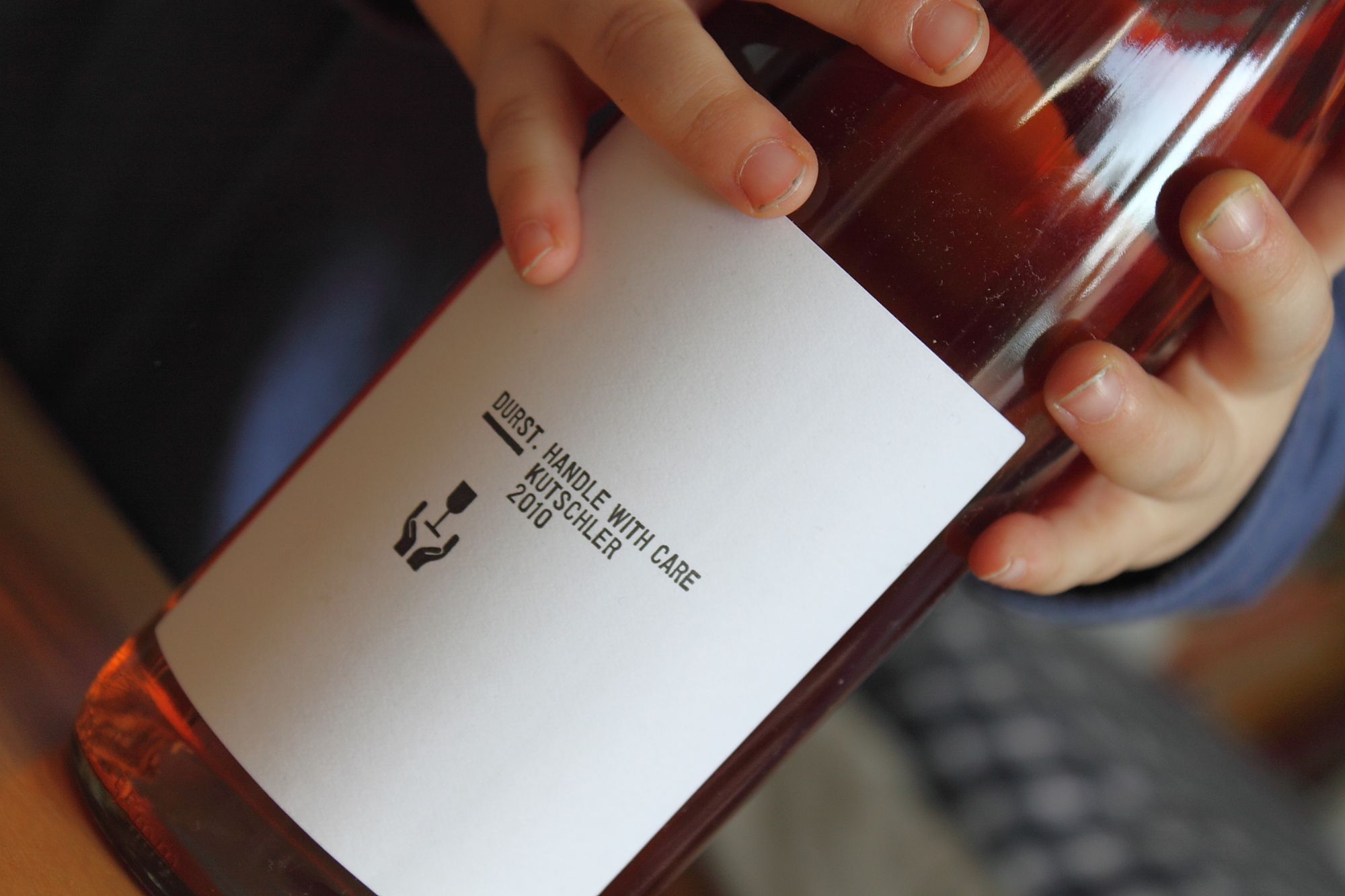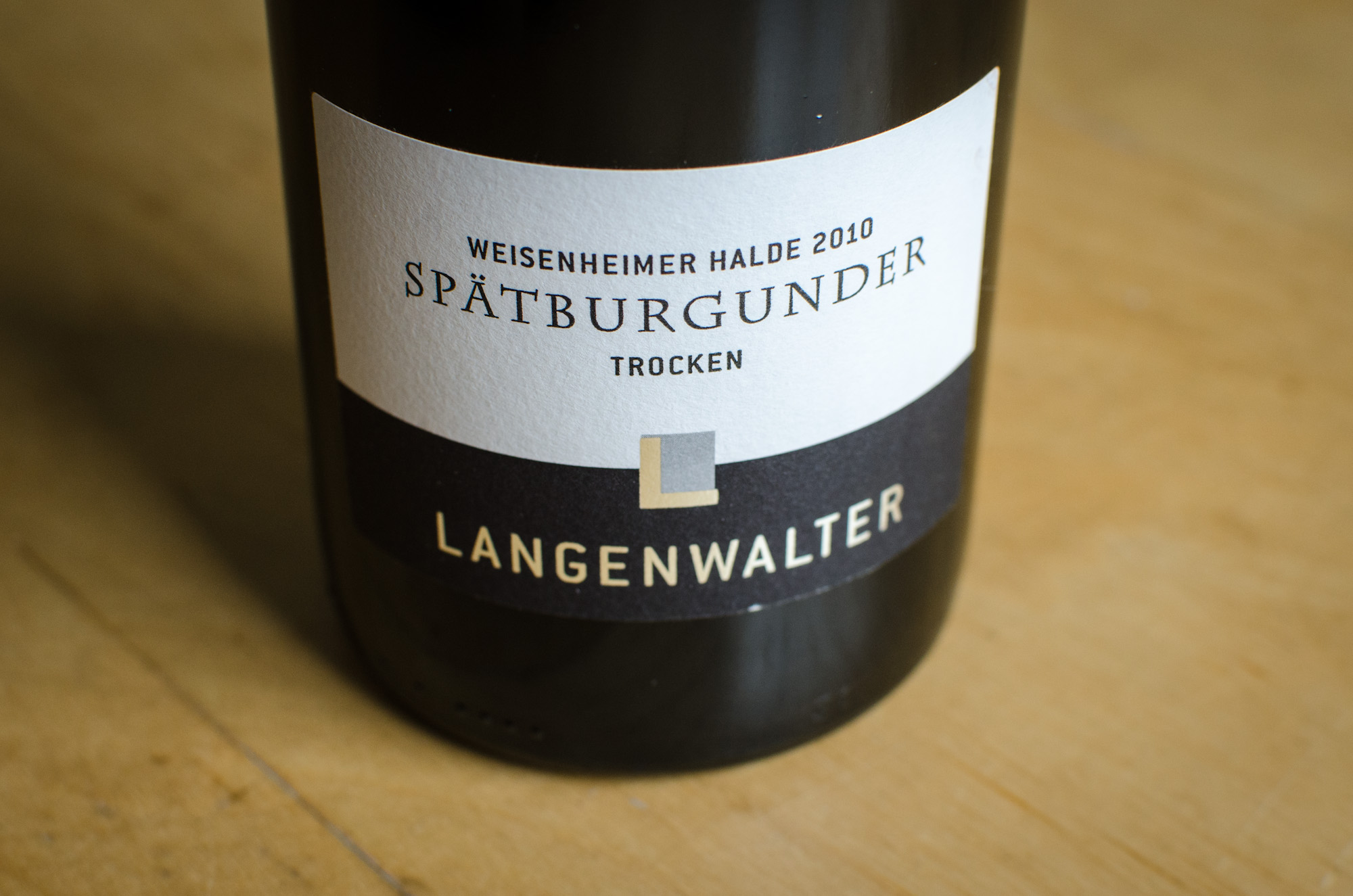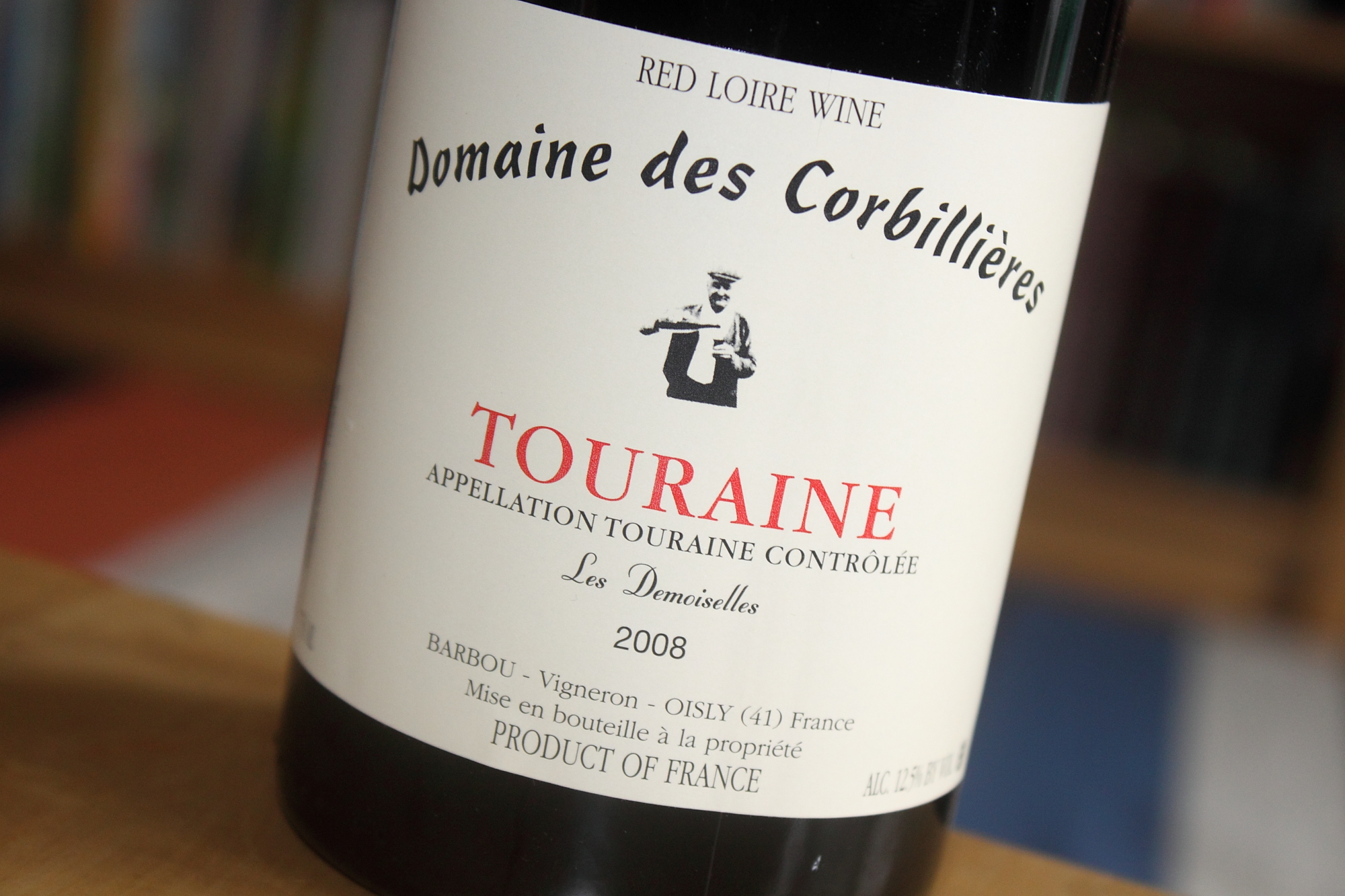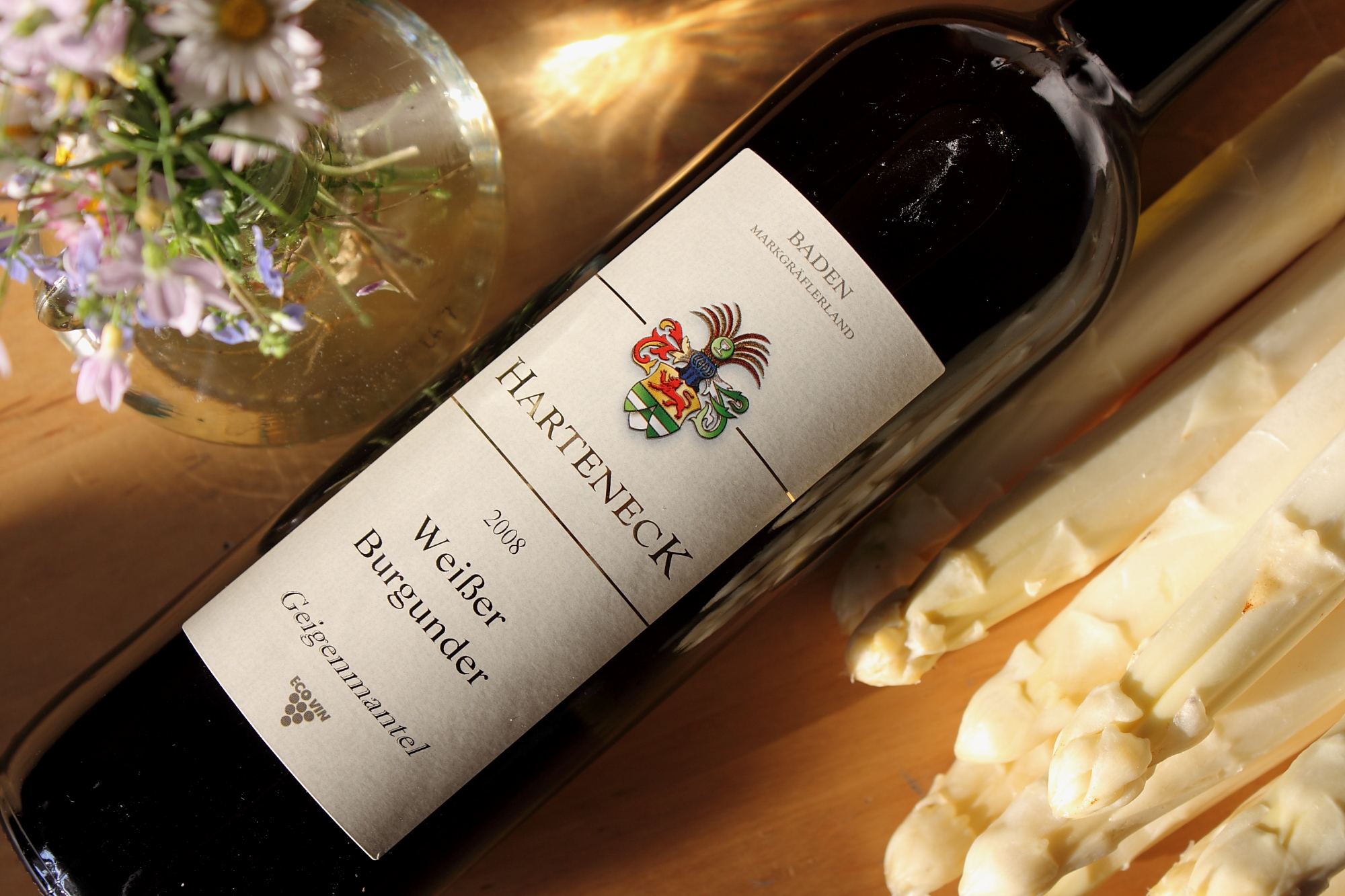Emrich-Schönleber, Monzinger Frühlingsplätzchen, Riesling trocken, 2009
Every once in a while I realise my education in practical Englishness is lacking. A PhD in English history only gets you so far and serious gaps remain that studying early modern pamphlets will never close. Among the things they won't prepare you for in university is sherbet. You may think this is not overly relevant, especially not in the context of German wine - and to be fair so did I (or would have, had I been aware of sherbet). Turns out sherbet actually matters, at least if you are English and for the first time in your life exposed to Nahe Riesling.

Meet the wine that tastes like sherbet.

